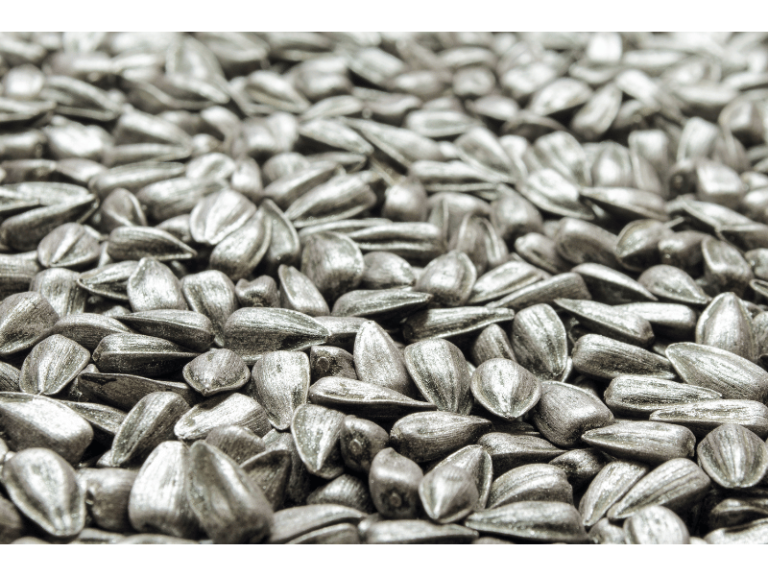In agriculture, people often mix seeds with pesticides so that the seeds are coated with a layer of pesticide before planting them in the fields. This practice helps seedlings grow vigorously and densely.
What’s the reasoning behind this? After mixing with pesticides and planting in the field, the pesticide gradually dissolves and forms a “protective zone” around the seed when it encounters water. Because pesticides can kill bacteria, the microbes within the protective zone are either killed or inhibited, thus protecting the seed and the seedlings that emerge from being attacked by harmful soil microbes. This protection ensures that the seedlings can grow well.
However, if seeds of leguminous crops are treated with certain pesticides like Thiram or Captan, it can lead to reduced yields. This is because the pesticides around the seeds not only kill harmful microbes but also indiscriminately kill beneficial rhizobia bacteria. Rhizobia bacteria are the “workers” in the soil that produce nitrogen fertilizer by converting atmospheric nitrogen into a form that leguminous crops can absorb. Therefore, using pesticides like Thiram or Captan is detrimental because it kills these beneficial bacteria.
Currently, in agriculture, most farmers use Carbendazim (666) for treating leguminous crop seeds. Carbendazim can control underground pests without suppressing the growth of rhizobia bacteria; in fact, it can even promote the reproduction of rhizobia bacteria.

